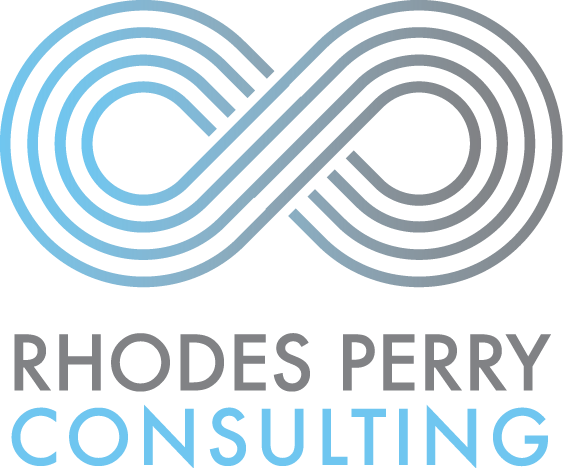2018 DEI Trends: Embracing an Inclusive "Diversity" Definition
Last week I co-facilitated a webinar for the International Association for Human Resource Information Management where we discussed the power and pitfalls of artificial intelligence. Inspired by the conversation, I decided to take our discussion further by developing a blog series exploring some of the trends for diversity, equity, & inclusion (DEI) professionals. Over the next six weeks we’ll take a deeper dive exploring the following themes:
1) Embracing an inclusive “diversity” definition
2) Leveraging artificial intelligence to overcome unconscious bias
3) Sourcing high potential talent with non-traditional credentials
4) Adjusting your interview process to reduce unconscious bias
5) Utilizing data to assess the effectiveness of DEI management
6) Investing resources into fully executing an organization’s DEI ethos
When it comes to understanding why DEI terminology evolves, it’s important to recognize two driving factors. The first, changing workforce demographics, requires a more expanded understanding of who is currently in the workforce and how we talk about both dominant and underrepresented groups. According to a recent HR survey, organizations are now thinking about expanding diversity efforts to compliment current efforts focused on gender and racial equity. In 2018, expect to see increased focus in the areas of aging and LGBTQ workers.
The topic of generations in the workplace remains popular among HR professionals, and continues to inspire entire conference themes. This shouldn’t come as a surprise to many DEI professionals given that aging workers continue to delay retirement. Pushing off retirement contributes to a rise in age discrimination. According to the AARP, “despite 50 years of laws intended to protect older American’s right to work, [age discrimination] is rising at an alarming rate. In 2016 alone, 20,857 age discrimination complaints were filed with the U.S. Equal Employment Opportunity Commission.
DEI professionals also continue to double down on expanded efforts to ensure that their programs, policies, and practices are inclusive of LGBTQ workers. Creating inclusive workplaces that shield LGBTQ workers from employment discrimination helps attract talent, and overcome the patchwork of employment protections available to only 47% of LGBTQ workers living in the United States. Given that the United States still lacks a federal law protecting LGBTQ workers from employment discrimination, many of the world’s Fortune 500 companies continue to offer a pathway to creating organizations inclusive of LGBTQ employees, customers, and suppliers.
The second driving factor that has led to a more inclusive diversity definition is the use of an intersectional framework. The term intersectionality was first coined in 1989 by critical race theory scholar, Kimberlé Crenshaw. Three decades later, DEI professionals are just beginning to talk about how different forms of oppression (i.e., racism, sexism, classism, xenophobia, homophobia, transphobia, ableism, ageism, etc.) are interconnected, and cannot be examined separately. As a result, leading businesses have launched multicultural advisory councils to connect employee resource groups and engage in dialogue to understand how different forms of oppression are connected, identify how they show up in the workplace, and work across differences to develop solutions.
DEI terminology will continue to evolve. As it does, we will have more sophisticated ways to address how to support underrepresented groups in the workplace achieve equity, have the ability to bring their authentic selves to work, and feel that they belong and are valued for their unique contributions. To stay on top of the latest DEI trends, and learn how to transform your workplace’s DEI ethos into every day practice, subscribe to the RPC newsletter today.



